With the prevalence of public transportation in urban Japan, going out on the town means having to lug any belongs you’re taking with you around for the day. This adds a bit of a complication for couples out on a date. Assuming things are going well and the lovebirds are spending several hours together, at some point the woman’s purse is going to start feeling heavy, but how many Japanese guys are willing to step up and shoulder the task of carrying their girl’s bag for her?
culture (Page 40)
Think Japan loves it some rice? Well, you’d be right. Japan is definitely a rice consuming nation, and the little white grains are most certainly one of Japan’s staple foods. But would you believe the country doesn’t even break the top 10 nations when it comes to rice consumption?
It appears neither would Japanese Netizens, as a chart making the rounds on the Japanese interwebs has onlookers incredulously dropping their morning baked goods.
Kyoto now welcomes 50 million tourists a year who come to experience Japan’s traditional culture and architecture, plus catch a glimpse of the city’s famed geisha. But, as anyone who lives in a tourist hot spot knows, living there is not the same as a short visit.
As such, the following is a list of some of the things that Kyoto locals probably have the urge to remind tourists of from time to time, so allow us to shatter your illusions with some of the realities that come with living in Japan’s ancient capital.
Going out to see cherry blossoms, regardless of the weather, is by far Japan’s favorite springtime activity. But there’s another tradition that’s almost as enthusiastically followed: veteran employees complaining about the new hires at their company.
The business year starts in April in Japan, which means that right now at companies across Japan older employees are grumbling about how the younger generation just doesn’t get it. But with Japanese homes not having lawns for their upset elders to yell at them to get off of, just what are young professionals in Japan doing that’s rubbing their coworkers the wrong way?
Anime fans around the world were disappointed in February when The Tale of Princess Kaguya, which all signs point to being the final directorial effort from veteran filmmaker Isao Takahata, failed to capture the Academy Award for Best Animated Feature.
Still, it’s unlikely the low-key Takahata himself got too worked up over the result, given the many accolades he’s received over his almost 50-year career. Besides, this week Takahata had another honor bestowed upon him, as he was given the Ordre des Arts et des Lettres from the French government.
Recently the world got a look at the busy world of salarymen in Japan via a viral video, but there were also some slight reassurances that these company men didn’t necessarily hate their lives. We may have been a bit too optimistic, however, because a study done last year found that less than 30 percent of Japanese man can confidently say, “I am happy.” Well… that’s some statistic.
What’s behind the unhappiness factor among Japanese men? Bad marriages, work problems, convenience store diets? Accomplished Japanese author Reiko Yuyama gives her two yen on the root of the problem.
For centuries, Christianity has had a role in the creation of some of the finest works of art. Any comprehensive discussion of art history has to include Leonardo da Vinci’s Last Supper, Michelangelo’s Creation of Adam, and a host of other important paintings and sculptures from artists who don’t share their names with one of the Teenage Mutant Ninja Turtles.
Speaking of art, there’s a new manga that’s just started in Japan. Looking at its earnest, wholesome heroine, you might get the impression that it’s like any of a hundred other series the country has produced, but this manga lead has something that makes her unique: she’s the literal embodiment of Puritan Christianity.
Spring is the start of both the school year and the business years in Japan. That means that right about now thousands of newcomers are pouring into Tokyo, as they move to the capital to start college or their professional careers.
But the hustle and bustle of Tokyo is on a scale unlike any other town in the nation. Even people who’ve grown up in Japan sometimes stick out like a sore thumb when they first move to the capital, as illustrated in this six-point guide to spotting someone who just moved to Tokyo.
Upon coming to Japan, a lot of people are surprised to discover just how difficult finding vegetarian food can be. Many people imagine Japan as a country that eats very little meat, and while that’s definitely true in comparison to North America and western Europe, the flipside is that you’ll find at least a little bit of meat in just about all dishes, including salads and vegetable stews with surprising frequency.
Things get trickier still if you’re trying to stick to a vegan diet. Even something as simple as noodles are generally out, since almost all broths are made with meat or fish stock. But if you’ve got an aversion to meat coupled with a craving for soba or udon, you’re in luck, with two new types of vegan instant noodles produced by a Zen Buddhist temple.
Last year, one of our Japanese reporters went on an extended visit to the United States. While he had plenty of nice things to say about the country, he also had some complaints, and, as an American myself, I can’t really say that I blame the guy. Having to drive literally everywhere unless you live in one of maybe three specific cities is a major hassle and a huge drain on your budget, certain services seem staffed entirely by people who are barely even aware of your existence or what’s going on more than a few inches on either side of their smartphone, and yes, the police are a little on the brutal side and drunk on their own power a lot of the time no matter how you slice it (annnnnd… now I’m on an NSA watchlist. Hi, guys!).
But, there’s one complaint our reporter had that I just can’t relate to: how crazy America’s systems of measurement are.
I mean, I grew up with feet, inches, pounds and whatnot, so I can’t really speak to our reporter’s profound confusion. Is it really so bad? We had to find out, so we donned our troll-proof vests and dove deep into the smelly, dark recesses of 2chan to see what other Japanese Netizens thought of America’s wacky measurement systems:
Whenever people ask me what I want to happen after I die, I always tell them I want a Super Mario-themed funeral where, at the end of the ceremony, the Mario death music plays and my casket is launched a few feet up in the air, then allowed fall down into the earth. I’ve always thought that would be a pretty cool way for friends and family to send me off, but the actual location of the funeral – or even really what happened to my body afterwards – has never been all that important to me.
Westerners have surprisingly little ritual when it comes to death. There’s usually a wake or a funeral, and then, if you’re lucky, every couple of years Solid Snake comes by to stand in front of your grave, look grim and deliver a two-hour monologue about the horrors of war. The Japanese, on the other hand, make a point to visit and pay respects to the dead every year through somewhat ritualized ohakamairi, so the location of your grave is an important thing to consider.
So important, apparently, that specialty online grave retailer Ohakamagokorokakaku (“ohakamago”) is considering offering a service to move the graves of loved ones, and recently conducted a survey among Japanese people asking: “Where would you most like to ‘live’ after death?”
We’ve been seeing a lot of articles recently about how to use Japanese chopsticks correctly. For those of us who grew up using forks and knives, it may seem a bit silly to obsess over holding two sticks at the correct angles. If you plan on visiting, living in, or especially working in Japan at some point, though, it may be a good idea to get out a protractor and practice those angles to save yourself a lot of embarrassing moments with friends and coworkers later.
To help you out, we here at RocketNews24 have compiled seven facts about chopsticks to help you along in your quest for perfect Japanese table manners. Even if you’re a seasoned chopstick expert, you may learn a thing or two from our advanced-level tips.
Whether it’s a ragged, lovingly stitched kitchen towel inherited from a grandparent, a banged-up knicknack collecting dust on a shelf, or a pair of old baby shoes, the seemingly mundane objects scattered around a house serve as a window into their owners’ hearts and minds. In the case of a family, any given eating utensil might go through the hands of children, siblings, parents, and even guests, collecting a little more history with every pass.
Japanese netizens recently charmed us all with a nostalgic glimpse of their family chopsticks, with designs ranging from Sailor Moon to Star Wars that positively ooze character. We take a look at the highlights below.
There are two types of people that, no matter how much they love the culture, are ultimately going to have a bad time in Japan: Vegetarians, and teetotalers.
Basically every meal in Japan has some type of meat in it, and the more strict you are with your vegetarian/vegen diet, the more difficult it’s going to be to find something to eat. Even supposedly vegetarian options sometimes contain pork or chicken broth or other sneaky animal product additions. And when it comes to those who choose not to drink, or can’t because of medical conditions, it’s almost as hard to get by, if not harder.
Thankfully, Suntory is here to help. Sort of.
With the long Golden Week holiday only a couple of months away, many residents of Japan may well be wondering where best to use their precious vacation days. Tokyo? Kyoto? Perhaps a traditional Japanese hotel? How about Koshu City, Yamanashi Prefecture?
A new video introducing the relatively small city of Koshu might just make people reconsider their travel plans. With stunning views of Mount Fuji, world-famous vineyards, and a wealth of cultural events, Koshu is the perfect place for both escaping the bustle of big city life and getting a glimpse of traditional Japan.
Before we even get into this, there’s something I have to say in the interest of full disclosure: I’m a bit of a gym rat and I have more than a little bit of a bone to pick with Japanese gym etiquette, so apologies if I sound a little harsh or gripe-y, and/or you feel the strong wind of me chucking dumbbells in frustration throughout this article.
Having experienced the joy and wonder of numerous American gyms – often 24 hours, never too crowded, always sprawling and well-equipped, cheap and usually never exceeding more than two elderly men gleefully prancing naked through the locker room at any one time – you can imagine the soul crushing disappointment I felt upon coming to Japan and realizing that even the best gyms routinely exceed US$150 a month to use, rarely stock all the equipment you’ll need, and are generally populated exclusively by old dudes who spend 10 minutes chatting up their buddies while sitting on the only bench in the place, and the rest of their “workout” enthusiastically blow-drying their testicles in the locker room.
The only small consolation I have is that, apparently, one of the gym-frequenting writers at Japanese sister site is similarly miffed by the myriad annoyances of Japanese gyms… and he’s even been kind enough to sit down and badly sketch out all the craziest folks who’re likely to ruin your workout:
Although Japan lacks ethnic diversity, it seems to more than make up for it in diversity of cuisine. Although the overarching recipes of Japanese foods can be found everywhere, you’d be surprised and how diverse the differences can be from region to region. Having your New Year’s soup in Okayama Prefecture may be quite different from Akita Prefecture’s offering. Even purchasing oden from a chain like 7-Eleven will produce different results if it’s from Osaka or Tokyo.
This is also true of another of Japan’s standard foods: rice balls also known as onigiri or musubi. To taste all the unique variations Japan has to offer, one must be a seasoned traveler, or they could just go to Momochi, a shop which offers a taste of all 47 prefectures straight from the counter. Our own Mr. Sato, eager to taste of these deliciously distinct snacks, visited Momochi to sample one of each.
Despite being centuries-old, the core traditions of Setsubun can seem as silly as its common English rendering, The Bean-Throwing Festival. Once a year in early February, households across Japan toss roasted soybeans outside their doors, with folklore saying the practice will ensure prosperity for the next 12 months by driving off the ogre-like creatures called oni.
Perhaps the oddest thing is the way the oni are depicted in illustrations and popular culture. Generally obese and clumsy, they seem to present little if any threat, and the fact that they can be undone by a scattering of legumes doesn’t do anything to help them win street cred, either.
But what if the oni improved their eating habits and started hitting the gym? Would that make them terrifying once again? Maybe, but it also just might make them dead sexy, as shown in this stylish Japanese ad.
Earlier this month, we talked about a piece of not-so-helpful advice celebrated author Haruki Murakami gave to a fan about what makes a great writer. Murakami just his write-in website this month, though, and given that he’s sort of new at dishing out direct advice to his admirers, maybe we should cut him a little slack while he’s still getting the hang of it.
Then again, we’re not sure even the most experienced advice columnists could come up with considerate and helpful responses to some of the oddball questions Murakami has been getting. Thankfully, even if he can’t always help out those who write to him, he can at least give a laugh to everyone else who reads his responses. Even better, if you act quickly, you could ask him a question of your own, even if you don’t speak Japanese.
The folks from YouTube channel TMD Shanghai are back with yet another quirky observational video about life in China. After nailing the differences between girls in the north and those in the south and mercilessly sending up both single white and Chinese men, this time they’re here to talk about what it’s like to be black in China with a video titled, well, Being Black in China.
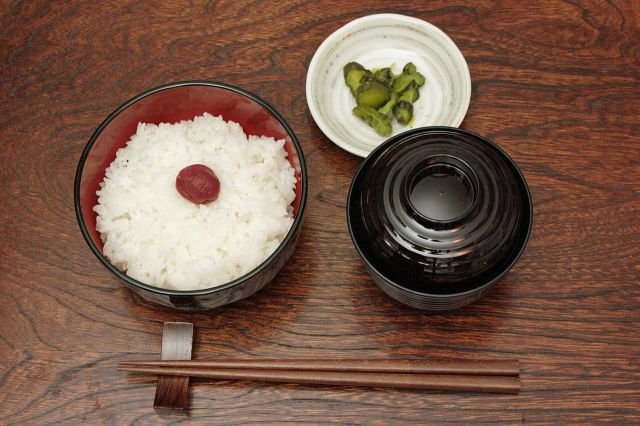
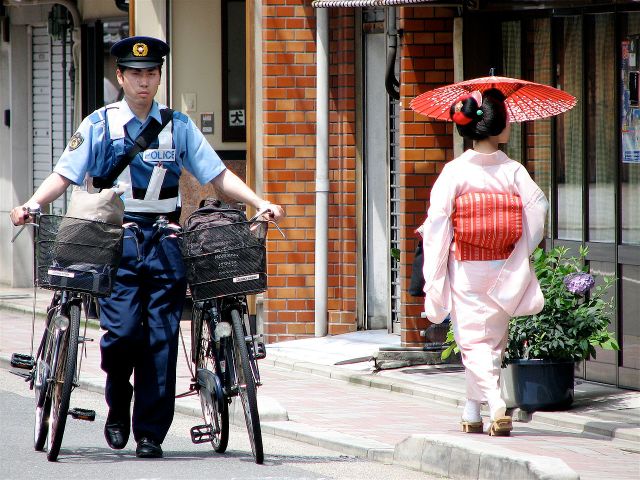


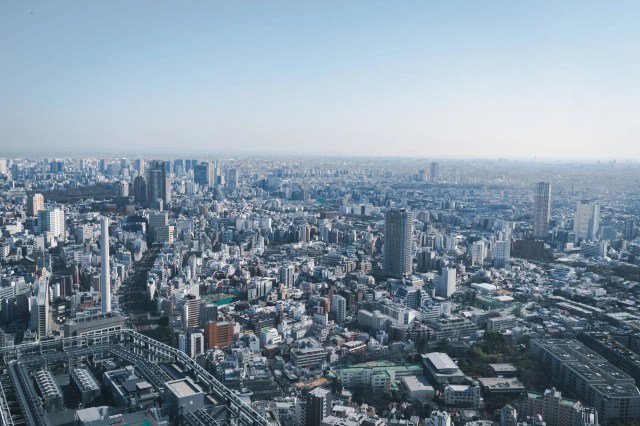
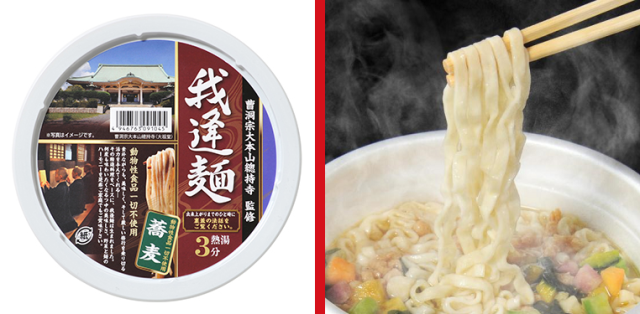

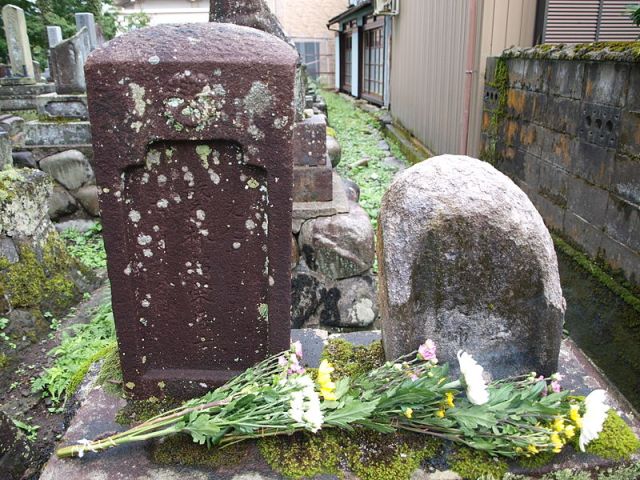
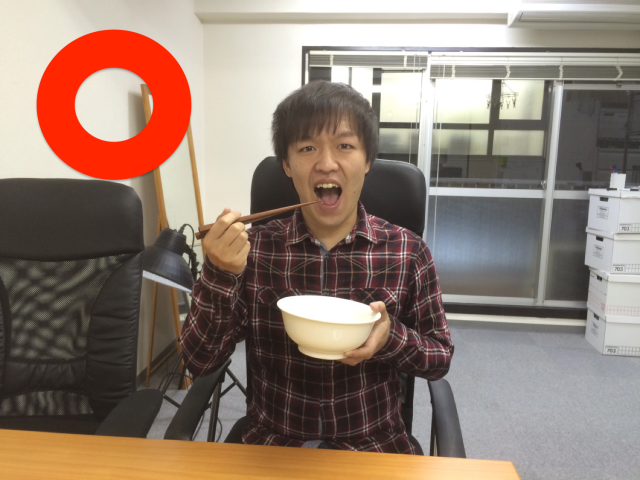
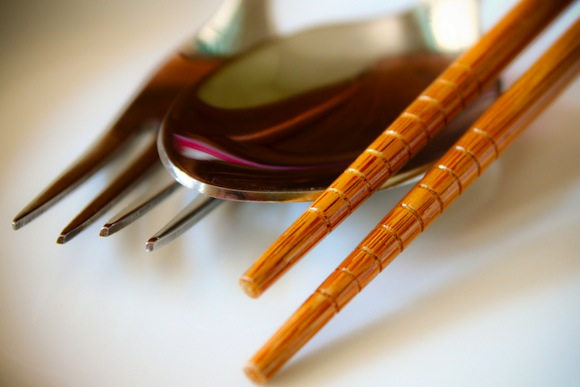
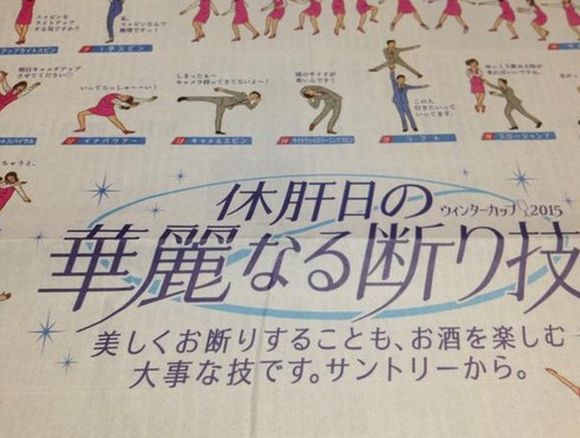
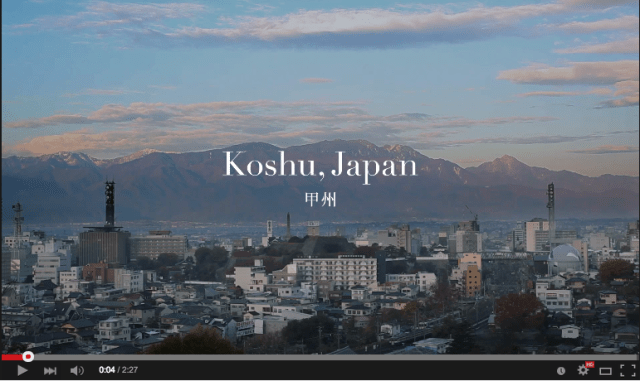
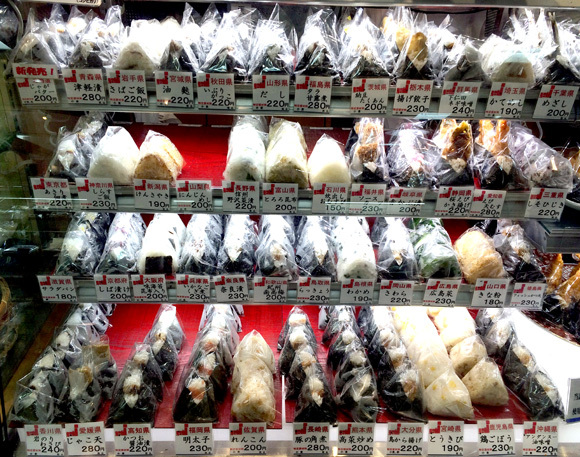
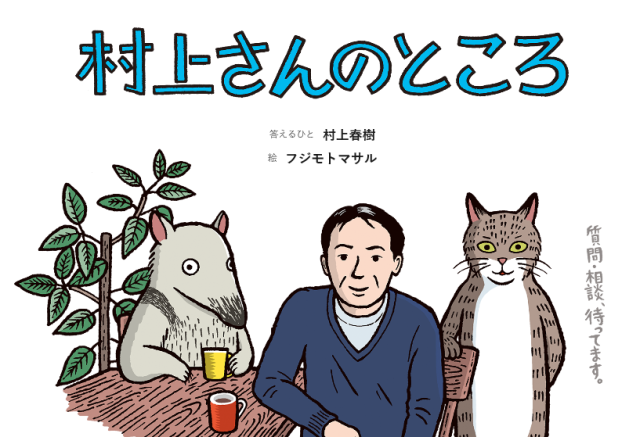

 Kyoto experiencing problems with foreign tourists not paying for bus fares, but not on purpose
Kyoto experiencing problems with foreign tourists not paying for bus fares, but not on purpose Studio Ghibli director Hayao Miyazaki’s films now available in DVD and Blu-ray sets with extras
Studio Ghibli director Hayao Miyazaki’s films now available in DVD and Blu-ray sets with extras Man passes away on Tokyo train, no one notices until nearly 12 hours and 650 kilometers later
Man passes away on Tokyo train, no one notices until nearly 12 hours and 650 kilometers later To combat declining birth rate, Japan to begin offering “Breeding Visas” to foreigners
To combat declining birth rate, Japan to begin offering “Breeding Visas” to foreigners Japan Airlines debuts airport translation panels, translation error quickly results
Japan Airlines debuts airport translation panels, translation error quickly results Fighting mild hunger with a Japanese soda that turns into jelly in the stomach【Taste test】
Fighting mild hunger with a Japanese soda that turns into jelly in the stomach【Taste test】 Studio Ghibli releases My Neighbour Totoro range showcasing traditional Japanese craftsmanship
Studio Ghibli releases My Neighbour Totoro range showcasing traditional Japanese craftsmanship Groundbreaking ‘90s isekai shojo anime series Rayearth getting new anime adaptation【Video】
Groundbreaking ‘90s isekai shojo anime series Rayearth getting new anime adaptation【Video】 Studio Ghibli releases anime heroine cosplay dresses that are super comfy to wear
Studio Ghibli releases anime heroine cosplay dresses that are super comfy to wear Our lunch plans are foiled but we end up eating heavenly all-you-can-eat sushi instead
Our lunch plans are foiled but we end up eating heavenly all-you-can-eat sushi instead Woman charged for driving suitcase without a license in Osaka
Woman charged for driving suitcase without a license in Osaka Studio Ghibli re-releasing all past theatrical posters and program booklets
Studio Ghibli re-releasing all past theatrical posters and program booklets Studio Ghibli releases new My Neighbour Totoro bags and pouches in Japan
Studio Ghibli releases new My Neighbour Totoro bags and pouches in Japan Life-size Gundam statue to appear in Osaka for first time ever
Life-size Gundam statue to appear in Osaka for first time ever Super Mario and Baskin-Robbins Japan collab returns for 2024 with new flavor, goods, and more
Super Mario and Baskin-Robbins Japan collab returns for 2024 with new flavor, goods, and more Secret unstaffed hot spring in Japan will make you feel like you’ve been spirited away
Secret unstaffed hot spring in Japan will make you feel like you’ve been spirited away You can be on this beautiful Japanese island in less than two hours from downtown Tokyo
You can be on this beautiful Japanese island in less than two hours from downtown Tokyo Taiwan’s most beautiful politician kicks groper in balls during visit to Japan
Taiwan’s most beautiful politician kicks groper in balls during visit to Japan Studio Ghibli releases new Totoro collection to keep us hydrated all summer long
Studio Ghibli releases new Totoro collection to keep us hydrated all summer long Foreign tourists to be charged four times more to enter Himeji Castle if local mayor gets his way
Foreign tourists to be charged four times more to enter Himeji Castle if local mayor gets his way Amazon Japan makes payment policy change that could be a problem for foreigners in Japan
Amazon Japan makes payment policy change that could be a problem for foreigners in Japan Mitsubishi develops robot that solves Rubik’s Cube-style puzzle in 0.305 seconds【Video】
Mitsubishi develops robot that solves Rubik’s Cube-style puzzle in 0.305 seconds【Video】 McDonald’s new Happy Meals offer up cute and practical Sanrio lifestyle goods
McDonald’s new Happy Meals offer up cute and practical Sanrio lifestyle goods Sales of Japan’s most convenient train ticket/shopping payment cards suspended indefinitely
Sales of Japan’s most convenient train ticket/shopping payment cards suspended indefinitely Sold-out Studio Ghibli desktop humidifiers are back so Totoro can help you through the dry season
Sold-out Studio Ghibli desktop humidifiers are back so Totoro can help you through the dry season Japanese government to make first change to romanization spelling rules since the 1950s
Japanese government to make first change to romanization spelling rules since the 1950s Foreigner’s request for help in Tokyo makes us sad for the state of society
Foreigner’s request for help in Tokyo makes us sad for the state of society Ghibli founders Toshio Suzuki and Hayao Miyazaki contribute to Japanese whisky Totoro label design
Ghibli founders Toshio Suzuki and Hayao Miyazaki contribute to Japanese whisky Totoro label design Tokyo’s most famous Starbucks is closed
Tokyo’s most famous Starbucks is closed Doraemon found buried at sea as scene from 1993 anime becomes real life【Photos】
Doraemon found buried at sea as scene from 1993 anime becomes real life【Photos】 Princesses, fruits, and blacksmiths: Study reveals the 30 most unusual family names in Japan
Princesses, fruits, and blacksmiths: Study reveals the 30 most unusual family names in Japan Life-size vibrating Legend of Zelda Master Sword for sale from Nintendo【Photos】
Life-size vibrating Legend of Zelda Master Sword for sale from Nintendo【Photos】 Fighting mild hunger with a Japanese soda that turns into jelly in the stomach【Taste test】
Fighting mild hunger with a Japanese soda that turns into jelly in the stomach【Taste test】 Studio Ghibli releases My Neighbour Totoro range showcasing traditional Japanese craftsmanship
Studio Ghibli releases My Neighbour Totoro range showcasing traditional Japanese craftsmanship Groundbreaking ‘90s isekai shojo anime series Rayearth getting new anime adaptation【Video】
Groundbreaking ‘90s isekai shojo anime series Rayearth getting new anime adaptation【Video】 Studio Ghibli releases anime heroine cosplay dresses that are super comfy to wear
Studio Ghibli releases anime heroine cosplay dresses that are super comfy to wear Our lunch plans are foiled but we end up eating heavenly all-you-can-eat sushi instead
Our lunch plans are foiled but we end up eating heavenly all-you-can-eat sushi instead Kyoto luxury just off the beaten path at Maruyama Park’s Chourakukan【Photos】
Kyoto luxury just off the beaten path at Maruyama Park’s Chourakukan【Photos】 All-you-can-eat sashimi from Tokyo’s fish market, convenient location make this budget hotel great
All-you-can-eat sashimi from Tokyo’s fish market, convenient location make this budget hotel great Authentic ninja power pellet snacks on sale again in Tokyo thanks to the coronavirus【Taste test】
Authentic ninja power pellet snacks on sale again in Tokyo thanks to the coronavirus【Taste test】 Studio Ghibli re-releasing all past theatrical posters and program booklets
Studio Ghibli re-releasing all past theatrical posters and program booklets Family Mart convenience stores add “See-Through Pudding?” to their summer lineup【Taste test】
Family Mart convenience stores add “See-Through Pudding?” to their summer lineup【Taste test】 Real life yandere? Japanese man’s ex-girlfriend sneaks into his home, cooks up something crazy
Real life yandere? Japanese man’s ex-girlfriend sneaks into his home, cooks up something crazy Magical train ride through Japan’s autumn leaves is like travelling to a different world【Video】
Magical train ride through Japan’s autumn leaves is like travelling to a different world【Video】